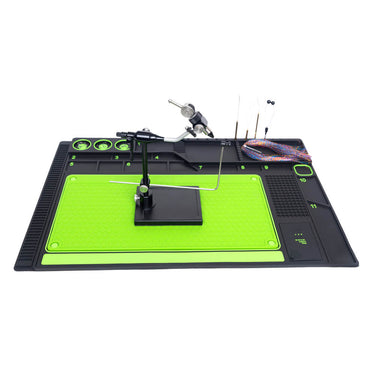Ancient Bristletails: Nature's Tiny Living Fossils
Bristletails are small, wingless insects belonging to the order Archaeognatha (formerly Thysanura, though this now refers to silverfish and firebrats). They are among the most primitive living insects, with fossils dating back over 400 million years. Here are some key characteristics:
Features of Bristletails:
Body Structure:
Elongated, cylindrical body (6–20 mm long).
Covered in shiny, overlapping scales.
Three long, tail-like appendages at the rear (two cerci + a central filament).
Movement:
Fast runners and excellent jumpers (use their abdomen to flick themselves into the air).
No wings (ancestral trait).
Diet:
Primarily feed on algae, lichens, and decaying plant matter.
Habitat:
Prefer moist environments (under bark, leaf litter, rocks, or near coastal areas).
Life Cycle:
Ametabolous development (no metamorphosis—young resemble adults).
Molt throughout their lives (unlike most insects).
Differences from Silverfish (Zygentoma):
Bristletails have larger, bulging eyes.
Their mandibles are monocondylic (single hinge), while silverfish have dicondylic mandibles.
More arched body shape compared to the flatter silverfish.
Interesting Facts:
Some species can survive in extreme environments, like rocky shorelines.
They exhibit courtship dances before mating.
Would you like details on a specific species or their evolutionary significance?















